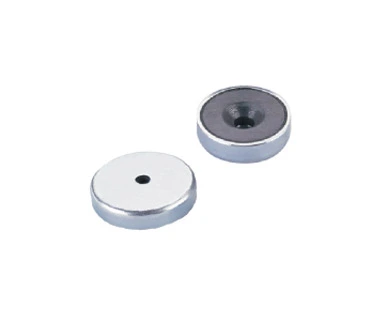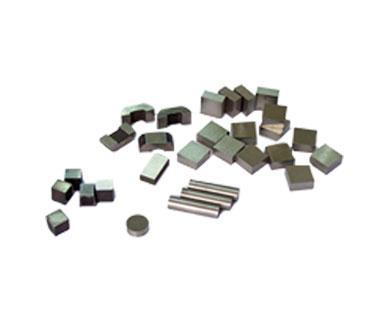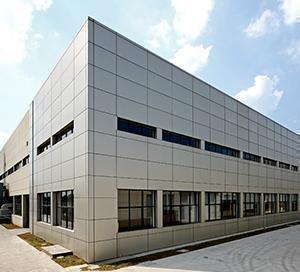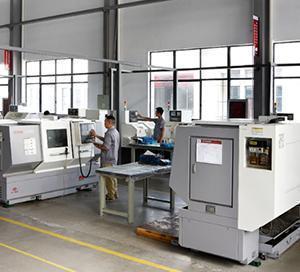Researchers from the National Institute of Standards and Technology (NIST) say they have developed a process to build 3D nanoscale structures using magnetic materials, using techniques ''compatible with semiconductor manufacturing,'' which they say could open doors to new classes of sensors and MEMS devices.
The process is essentially a variation on damascene metallization used to create 3D copper interconnects, which involves etching trenches and vias followed by electroplating to fill them with copper, then a final polishing to remove excess material, NIST notes in a statement. One big concern in this process, though, is making sure the trenches are filled completely and void-free, which can be solved by adding a chemical to the electrodeposition to prevent buildup along the sidewalls and carefully controlling the deposition process. But with active ferromagnetic materials, though, the process variables with damascene metallization are ''significantly different'' vs. passive materials such as copper.
In their work, NIST researchers filled sub-¦Ìm trenches with electrodeposited Ni, using a NiSO 4 -NiCl 2 -FeSO 4 electrolyte containing 2-mercapto-5-benzimidazole sulfonic acid (MBIS), which inhibits Ni(Fe) electrodeposition. Filling trenches show an initial period of uniform growth, followed by a v-notch geometry pattern associated with transient depletion of MBIS within the recessed feature. Su-¦Ìm features are filled with only minimal deposition on the neighboring free surface, they claim. And continued growth of the MBIS-derived v-notch geometry also results in void-free filling of the larger features. This same behavior, they say, also happens in soft magnetic alloys (e.g., Ni-rich Ni-Fe). Preliminary experiments indicated that MBIS ''does not significantly perturb the low coercivity of Ni-Fe alloys,'' which they say is important for technical applications.
The process, they say, can build 3D magnetically active structures ''that may be easily integrated with other state-of-the-art metallization schemes,'' and could enable complex 3D MEMS devices such as inductors and actuators that combine magnetic alloys with non-magnetic metallizations (e.g., copper interconnects) using existing production systems.
 English
English 日本語
日本語 한국어
한국어 français
français Deutsch
Deutsch Español
Español italiano
italiano русский
русский português
português العربية
العربية





